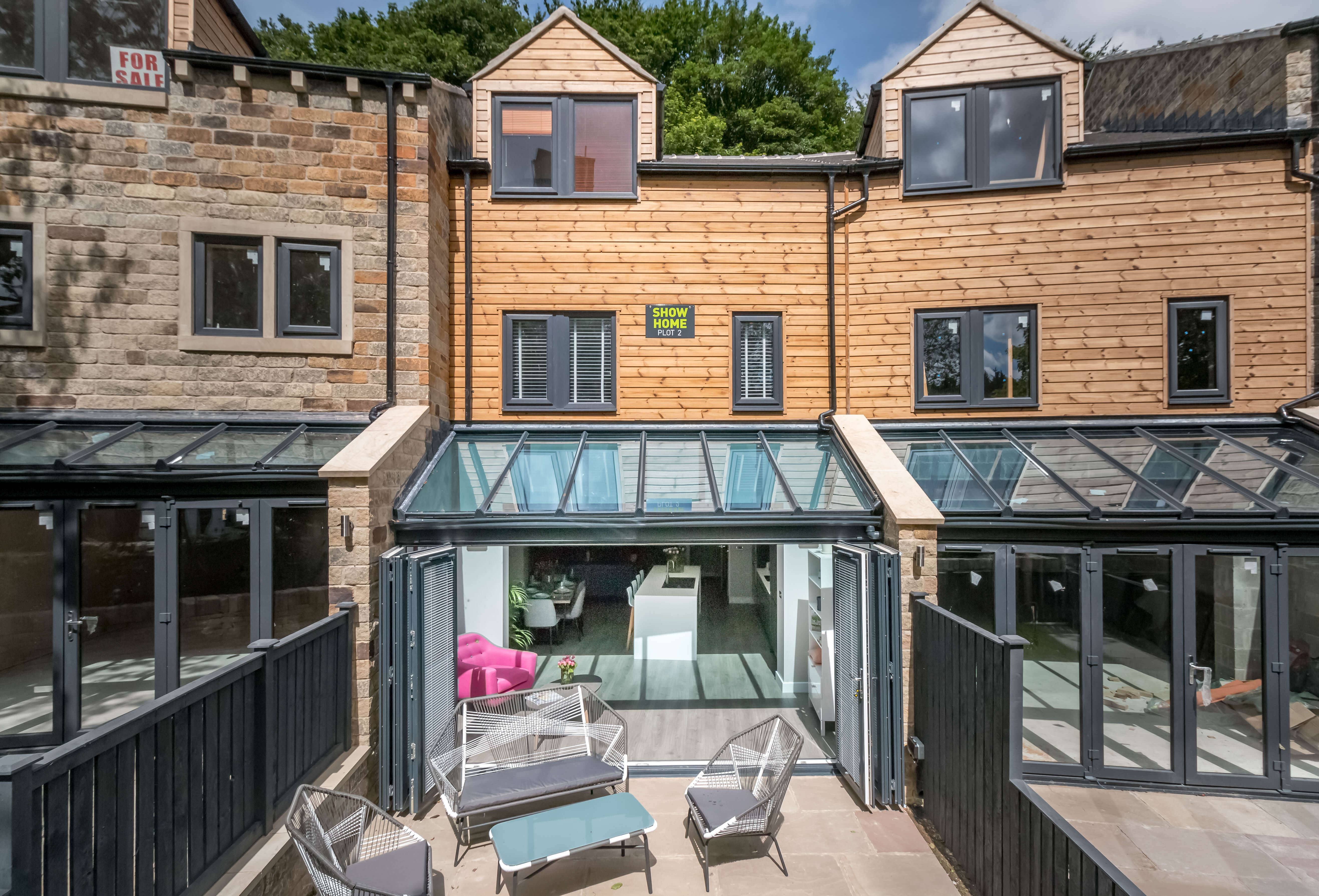The stamp duty land tax holiday came to an end in June – with a tapered extension until September. Nobody really knows what will happen to the property market when this comes to an end.
As a result, some people worry that selling their current home to buy a new build home will become increasingly difficult. The good news is that some developers and builders offer house Part Exchange (PX) schemes to remedy this concern.
So, what exactly is part exchange? How does it work and is it a good deal?
Understanding Part Exchange
Part exchange is not a new idea – most big-name housebuilders, including Taylor Wimpey, Barratt Homes and Persimmon, have been offering part exchanges for years.
This option is basically a chain-free property transaction. It allows you to directly trade in your existing home against a brand-new property and then move in soon afterwards.
Whether you’re looking to downsize for retirement, move your growing family to a bigger home or just want a change of scenery, you can take advantage of house part exchange schemes to achieve your dream house move.
It’s a great way to buy a new home, potentially without the paperwork, stress and uncertainty of selling your existing property. The property developer benefits, too, as they are assured of a buyer for one of their properties.
How Does Part Exchange Work?
For the most part, part exchange works like a regular home sale. The biggest difference is that the developer or house builder accepts your current property or home as part payment for one of their new builds.
Each developer has their own process, but regardless of which developer you decide to purchase from, these fundamental steps are the same:
- You search for new property development in your area offering a part exchange option.
- You pick a new build home within your budget and inform the developer/builder.
- The developer sends local estate agents/valuers to your home for independent and fair valuations. Standard practice is to complete 2 independent valuations.
- After evaluations, the developer makes you an initial offer. You can accept or deny the offer.
- You plan for the mortgage of your new home if you’re happy with the offer. Always use a mortgage advisor for competitive mortgage terms and interest rates.
- A conveyancer/solicitor helps you complete the sale. He/she will order all of the normal formal checks when purchasing any house and read through the contracts to ensure there’s nothing untoward.
- You can exchange contracts on the house within 4 weeks (once the assessment is all clear) and pay a 10 per cent deposit to secure your new home.
- You and the developer can finalise the sale once the money is released.
- You can then move into your new house.
Eligibility
While criteria for PX differ between developers, here’s how to know if your home is a good fit to enter into a PX scheme:
- You must fully own the home you wish to sell
- The home you wish to sell should be of a standard building design, structurally sound and in good condition
- Your home must be in an appropriate location
- Your home needs to be worth 65-85 per cent of the asking price of the new home you wish to buy
- If your home is leasehold, it needs to be a fixed term (typically with 80 years or more left on the lease)
Benefits of Part Exchange
PX will enable you to:
- Save time by not having to deal with listing your home on the market
- Avoid putting up with a string of prospective buyers viewing your home
- Avoid estate agency fees (saving you 1-3 per cent of the sale price of your property)
- Avoid the risk of broken property chains
- Remain in your current home until the new build is ready
Downsides of Part Exchange
While PX can be a straightforward way to buy a new build home, there are some drawbacks that you should consider:
- Not every property or homeowner is eligible
- You will have to pick from a limited list of available houses
- You can be offered 5-10 per cent less than the market value for your existing home
- Short-lease homes may be denied
To PX or Not to PX?
Part exchange will help you avoid any of the unwanted costs or delays that are synonymous with regular house sales, such as expensive agency fees, the uncertainty of a sale and broken house chains.
However, PX is not for everyone. If you have ambitious sale figures in mind, it might not be the right choice. Also, not all homes will be eligible for part-exchange schemes.
Review the pros and cons above to make the choice that is right for you.
Remember, if you’re considering part exchanging on a new build home, you can still negotiate the price of the property you’re buying and the price you’re being offered for your current home.
Contact us today:
How KB Mortgage Services can help:
- Mortgage protection insurance
- Help you work out exactly what you can borrow to move home
Note: Your home may be repossessed if you do not keep up repayments on your mortgage.
Approval no. Sol10458

